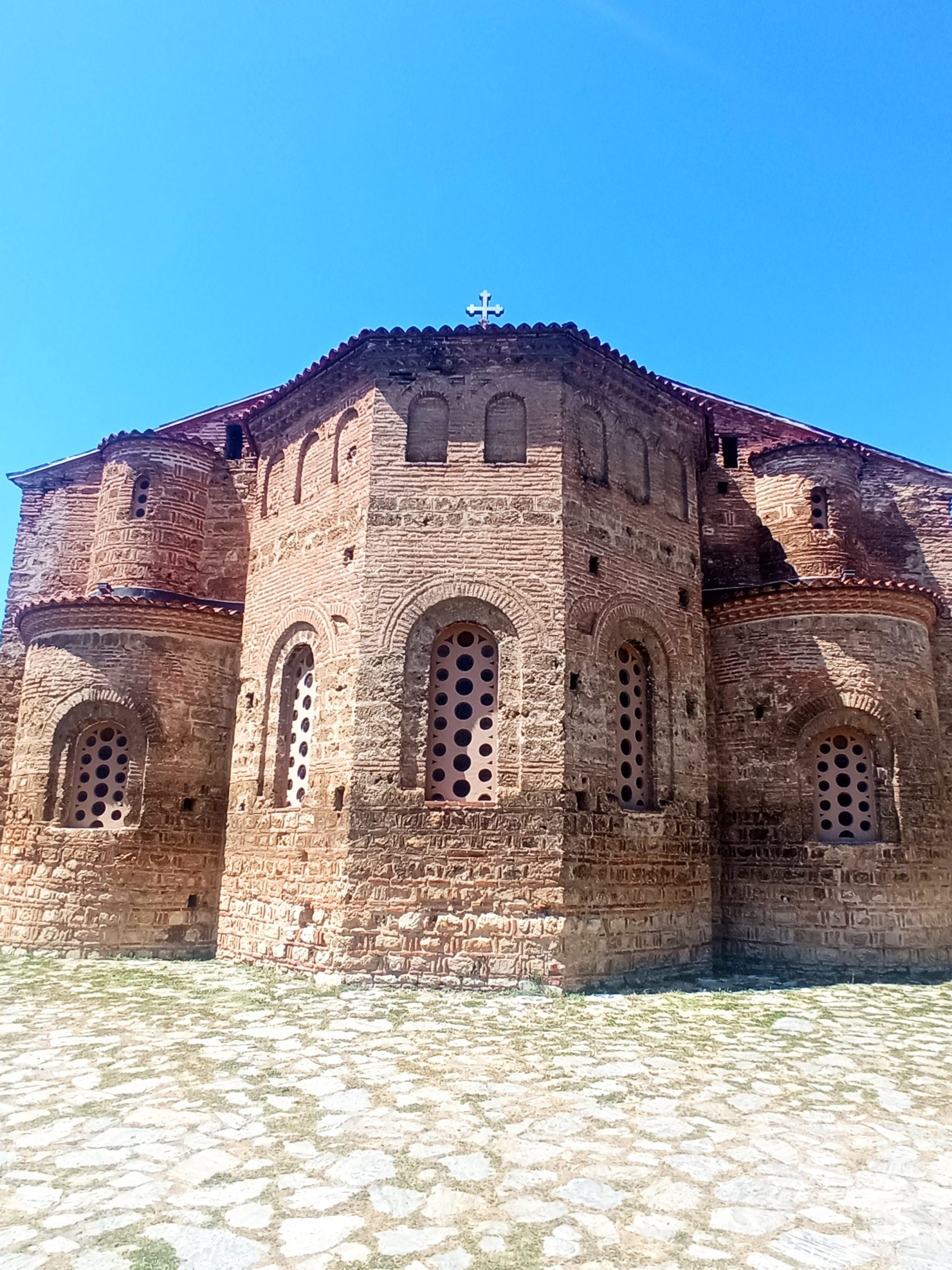The Church of Saint Sophia, located in the picturesque city of Ohrid, North Macedonia, is a true gem of Byzantine architecture and one of the most important cultural and historical landmarks in the country. Originally built in the 11th century, the church was dedicated to the Holy Wisdom and served as the seat of the Archbishopric of Ohrid until its abolishment in the 18th century. Today, it stands as a testament to the city’s rich cultural and religious heritage, attracting visitors from all over the world with its awe-inspiring frescoes, intricate mosaics, and exquisite architectural details.
The church’s interior is a true marvel, featuring stunning frescoes painted by some of the most prominent Byzantine artists of the time, as well as elaborate stone carvings and ornate iconostasis. Its exterior is equally impressive, with a towering bell tower and a beautiful courtyard surrounded by lush greenery. The Church of Saint Sophia is not only a place of worship but also a cultural hub, hosting concerts, exhibitions, and other events throughout the year, making it a must-see destination for anyone interested in exploring the fascinating history and culture of North Macedonia.
Saint Sophia
Saint Sophia is not a person, but a symbolic representation of the Holy Wisdom, which is an important theological concept in Orthodox Christianity. The dedication to Saint Sophia refers to the manifestation of divine wisdom of God, often associated with the Holy Spirit. The concept of the Holy Wisdom was especially prominent in the Byzantine Empire, where it was celebrated through the construction of churches and cathedrals named after Saint Sophia. These buildings were designed to showcase the importance of divine wisdom and its connection to the Holy Spirit. Although Saint Sophia is not a physical person, her symbolic representation has had a profound impact on the religious and cultural heritage of Orthodox Christianity, and continues to inspire believers and visitors alike.







